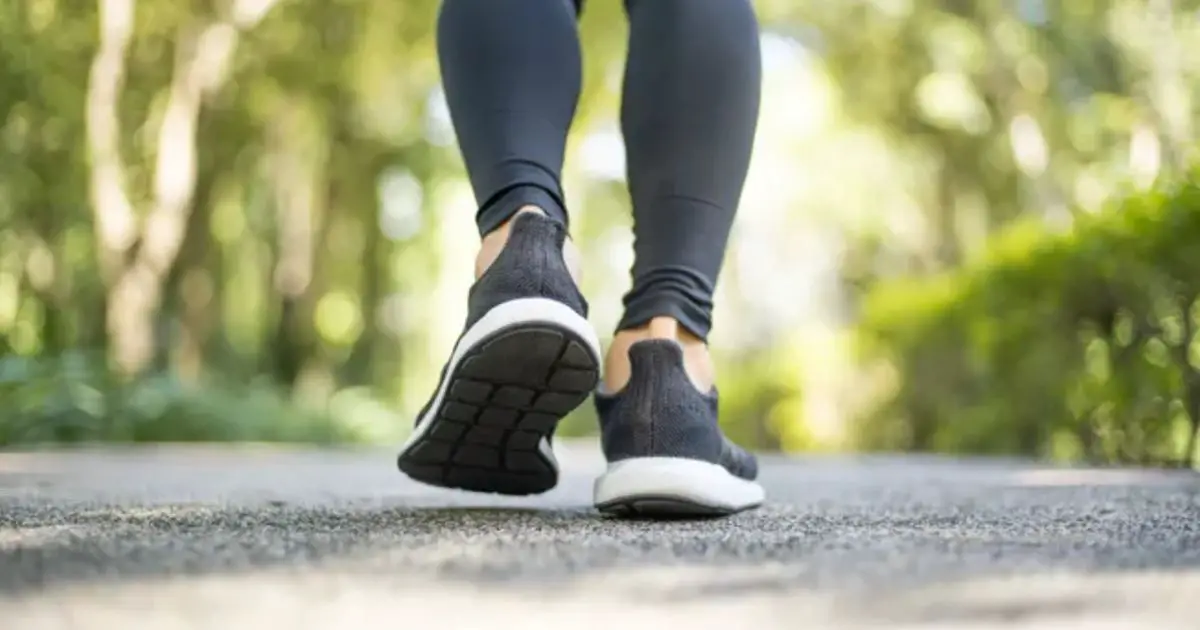
Calling the accessible exercise “overlooked,” the NHS says that even a 10-minute brisk walk can “build stamina, burn excess calories and make your heart healthier.”
So, while the 10,000 steps a day standard has been about as thoroughly debunked as the oft-parroted “eight glasses of water a day” recommendation, getting your walking shoes on is nearly always a good move.
And if you want to make it an even better one, Curves’ global fitness coach, Joanna Dase, recommends one simple adjustment.
Which is?
“Take the hilly route,” the fitness expert told HuffPost UK.
“Due to the higher elevation, choosing the hilly route instead of a flat path helps increase the resistance during your daily walk,” she explained; this can “challenge your cardiovascular system” more than a flat route.
Paradoxically, she adds, the extra demand on your lungs and heart may even end up making you more energised.
“Oxygen is vital for energy production, so this will help combat symptoms of fatigue too,” she said.
“As lung health improves over time, the risk of chronic lung and heart disease decreases due to better oxygen delivery throughout the body.”
OK, I’ll walk hills, but only if it’s downhill
That was my initial response too ― but hey, turns out that’s actually got benefits over flat surfaces as well (!!).
“Walking downhill can provide your body with benefits too,” Dase shared with HuffPost UK.
“Downhill walking trains your body in deceleration and makes use of different muscles and joints” than you’d use otherwise ― and it’s especially useful for older individuals.
“As people age, downhill walking is important as it can help prevent injury,” Dase revealed.
Of course, as we’ve said before, any walking is far better for you than none, and walking in general is much more impressive than many of us give it credit for.
But if you’ve already got a baseline, why not try adding a bit of an incline to your stroll? Your lungs, heart, and stabiliser muscles may end up thanking you.







